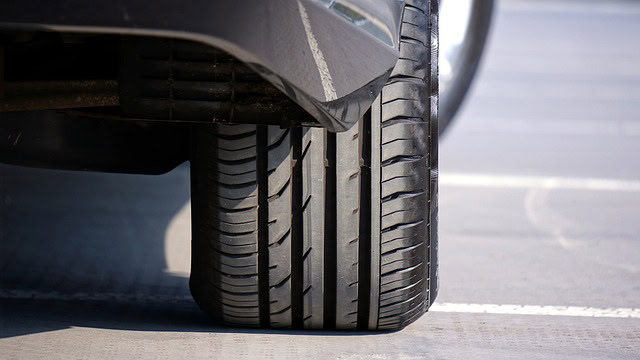
Essential RV Tire Basics Every RVer Should Know
When it comes to RVing, the journey is just as important as the destination. A smooth, stress-free ride depends heavily on one critical component: your tires. Understanding the essentials of RV tires can significantly enhance your travel experience while ensuring safety, efficiency, and longevity. This article outlines the basics every RVer should know about tire maintenance, selection, and care.
The Importance of RV Tires
RV tires bear the weight of your vehicle and everything you carry, making them vital for safe travels. An understanding of tire types, ratings, and maintenance can lead to improved performance, safer handling, and increased fuel efficiency. Poorly maintained or the wrong tires can lead to disastrous consequences, from blowouts to accidents.
Choosing the Right Tires
Selecting the right tires is crucial for optimizing your RV’s performance. When making your choice, consider the following factors:
- Tire Type: There are various types of tires, including all-season, winter, and specialized RV tires. RV-specific tires are engineered with unique tread patterns and constructs to support the vehicle’s weight.
- Tire Size: Always refer to your RV’s owner manual or the tire placard to find the correct tire size for your vehicle. Tire size includes width, aspect ratio, and diameter (like 225/70R14), so be attentive to each.
- Load Range: Tires come with a load range rating that indicates how much weight they can carry. Always choose tires that exceed your RV’s weight requirements to ensure safety.
- Speed Rating: Each tire has a speed rating denoting the maximum speed it can safely handle. Choose tires with an appropriate speed rating to suit your travel plans.
Understanding Tire Specifications
To truly grasp the capability of your RV tires, you should familiarize yourself with tire specifications, which are represented on the sidewall of the tire. Some important specifications to pay attention to include:
- DOT Code: Indicates that the tire meets Department of Transportation specifications. It also includes the week and year it was manufactured.
- Tread Depth: A critical aspect of tire health. The minimum legal tread depth is 2/32 inches, but for optimal safety, it’s recommended to replace tires once they reach 4/32 inches depending on conditions.
- Inflation Pressure: Keeping tires inflated to the recommended pressure maximizes performance and extends their life. Under-inflated tires can lead to blowouts and decreased fuel efficiency.
Maintenance Tips for RV Tires
Proper maintenance can significantly affect the lifespan and performance of your RV tires. Here are essential maintenance tips to keep in mind:
Regular Inspections
Conduct routine inspections of your tires to catch any issues before they become serious. Look for:
- Cracks or Bulges: These can be early warning signs of tire failure.
- Tread Wear: Uneven wear can indicate alignment or suspension issues.
- Object Entrapment: Check for stones or debris stuck in the tread that can cause a slow leak.
Maintaining Proper Tire Pressure
Tire pressure can fluctuate due to temperature changes, so it’s important to:
- Check Tire Pressure Monthly: Use a reliable tire gauge to maintain pressure at the manufacturer’s recommendation.
- Inflate When Cold: For the most accurate reading, check tire pressure early in the morning before traveling.
Rotate Your Tires
Rotating your tires helps promote even tread wear. RV tires should be rotated after every 5,000 to 8,000 miles or during oil changes, ensuring all tires share the load equally.
Store It Right
When not in use, proper storage can preserve tire integrity. Consider:
- Using Tire Covers: These protect against UV damage.
- Elevating the RV: If possible, store the RV at elevated heights or use tire cradles to avoid flat spotting.
- Inflating to Recommended Pressure: Inflate tires to the higher end of the recommended pressure range before storage.
When to Replace Your RV Tires
Tires don’t last forever, and recognizing the right time for replacement is essential for safety. Here are some indicators:
- Aging: Even if tread looks good, tires generally need to be replaced every 6-10 years, regardless of the tread depth, depending on usage and storage conditions.
- Tread Wear Indicators: Many tires have built-in indicators to signify when they need replacing.
- Severe Damage: If you notice any bulges, cracks, or punctures that cannot be repaired, it’s time for a replacement.
Conclusion
Taking care of your RV tires is not just about ensuring you reach your destination; it’s also about guaranteeing a safe and efficient journey. By understanding how to choose, maintain, and monitor your tires, you can help ensure a more enjoyable RV experience.
By incorporating these essential tire basics into your RV care routine, you can travel with peace of mind, knowing your tires are ready for the road ahead. Be proactive about inspections, maintenance, and replacements, and your RV tires will serve you well on countless adventures. Happy travels!



